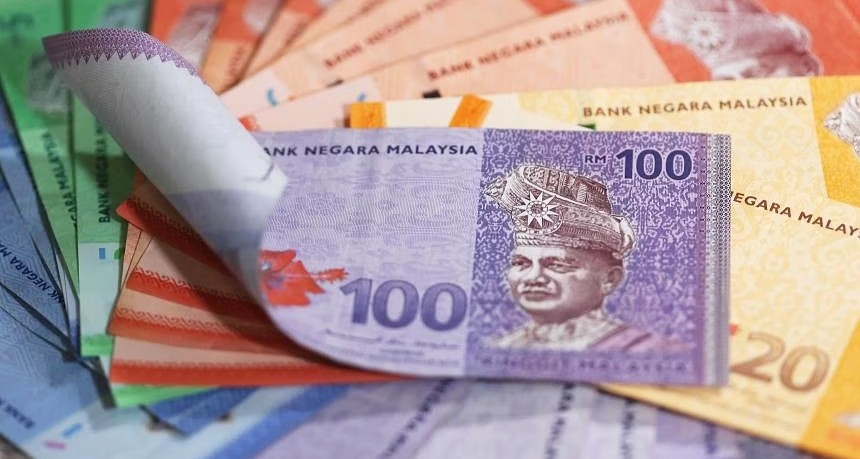The country’s central bank has once again stated it will do what is necessary to support and stabilise the continually weakening Malaysian currency, but outside observers may wonder what, exactly, that means.
Malaysia’s central bank, Bank Negara Malaysia, has reiterated its commitment to stabilising the ringgit, which has neared its lowest level since 1998.
Recognising the seriousness of a currency whose value on the internatioanl market has for many weeks danced around historic lows, Bank Negara aims to ensure the smooth operation of the foreign exchange market, utilising support from government-linked entities, corporations, and exporters to bolster market liquidity.
Ironically, despite recently slipping to levels close to its February 21 low of 4.8053 against the U.S. dollar, the ringgit has shown relative strength compared to regional peers like the South Korean won, Philippine peso, and Taiwan dollar. Against the Singapore dollar, the ringgit held steady at 3.5142 – though that’s hardly an exchange worth boasting about.
As reported by the Malaysian Institute of Economic Research (MIER), coping with the weak ringgit means Malaysians will have to continue making adjustments, especially those with expenses coming in other currencies.
Ms Aarti Dhillon, who lives in Johor, has stopped visiting neighbouring Singapore for the weekend because “there is no value in the ringgit.” She explained that hopping across the border is simply too costly now.
“I used to go to Singapore to buy imported cheese and hang out for breakfast, but now… it has to be for something special. A simple breakfast for two in a boutique cafe with two coffees and two croissants would cost me around RM140,” said the 44-year-old manager, noting the crippling exchange rate.
Malaysian student Amanda Mei Chandran, 20, who is studying at Temasek Polytechnic in Singapore, said it is getting tough for her father, who is the sole breadwinner, to afford the tuition fees of S$1,500 per semester.
“I have to cut my expenses on electricity and meals. I don’t use the air-conditioner in the house any more, and skipping meals has become part of my daily routine.”
Travel enthusiast Priscilla Patrick said she packed food from home for her one-week trip to Norway in January.
“I lived on just pies and pastries when I was in Oslo because a fast-food burger would have cost me RM78. A restaurant meal would have cost me about RM300, which is the price of a return ticket on a budget domestic flight in Malaysia,” said the 53-year-old, who owns stargazing campsite Cosmic Campers.
Bank Negara’s previous measures, including encouraging state-linked firms to repatriate foreign investment income, have helped the ringgit rebound from its February lows. The currency’s challenges stem from a robust US dollar, geopolitical tensions, and subdued economic prospects in China, Malaysia’s primary trading partner.
While emerging-market central banks worldwide are under scrutiny for potential interventions, rising oil prices may offer support to Malaysia’s net oil exporting economy. Brent crude nearing the $100 (RM477.90) per barrel mark could provide a boost to the Malaysian currency amidst global market volatility.
For reference, the ringgit’s generally reported low point during the 1997-98 Asian Financial Crisis was 4.7965. However, the Malaysian Institute of Economic Research (MIER) says it fell at one point to 4.8850.
Worth noting is that MIER and other analysts and currency strategists in early March (after the late February nadir) took to the news to predict that the ringgit had hit its lowest, and would rebound more strongly in the second half of 2024. We’re not sure who’s saying that now, six weeks later, but continue to hope that it comes to pass.
Accurately predicting a currency’s movement is not something savvy observers put much stock in. As one investor rather cheekily put it, “If a person could indeed forecast exchange rates six months – or even one month – in advance, they’d be incredibly wealthy and would be off spending their gains, not giving interviews about future currency levels.”
"ExpatGo welcomes and encourages comments, input, and divergent opinions. However, we kindly request that you use suitable language in your comments, and refrain from any sort of personal attack, hate speech, or disparaging rhetoric. Comments not in line with this are subject to removal from the site. "























